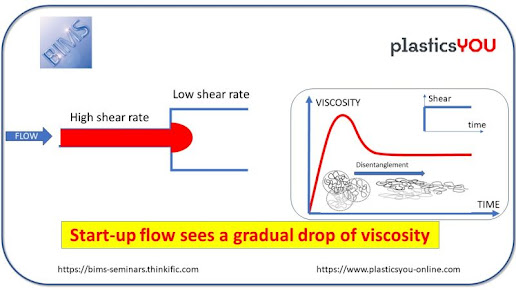Bio Polymers Market
The total sunk-in capacity for biopolymers in 2009 was around 500 million lbs. These include polylactide acid [PLA] (NatureWorks, Galactic, Hycail BV); polyhydroxyalkanoates such as PHAs, PHB, and PHBH (Biomer, Procter&Gamble); polymers based on bio-based PDO (DuPont); cellulose polymers (Innovia Films)1; epoxy polymers from bio-glycerol; and starch polymers and blends (AkzoNobel [National Starch Chemical] and several other players). NatureWorks (Cargill Dow) is the major commercial player with a PLA capacity of 280 million lbs2; and Novamont is the major producer of starch polymers and blends, with a capacity of 120 million lbs.3
The total capacity of biopolymers is expected to reach 1.3 billion lbs, if Braskem's 400 million lbs/year of bio-polyethylene production and Braskem's/Nova Zymes's 400 million lbs/year4 of


Comments
Post a Comment